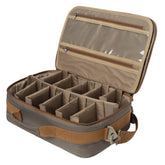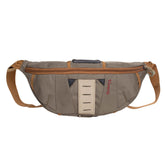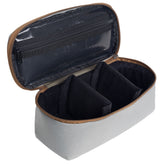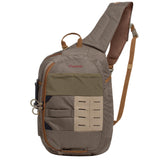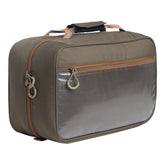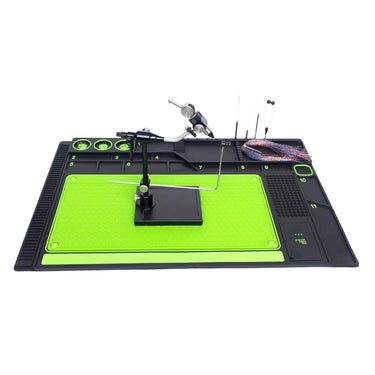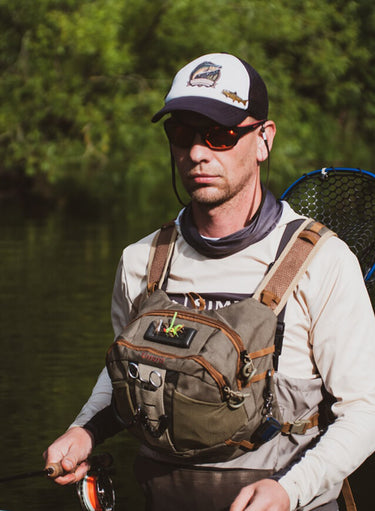Fishing Flies: Exploring Patterns, Dry vs Wet, and Nymphs for Bass
When I first ventured into fly fishing, I quickly learned that using the right fishing flies is crucial for success. Understanding the differences between dry flies, wet flies, and nymph fishing flies can dramatically enhance my chances of attracting fish. The ability to match the hatch—the local insect life prevalent in the water—plays a vital role in choosing the right artificial flies.

In exploring various fly patterns, I've discovered that targeting specific species, such as bass, requires tailored approaches. Using the right fishing flies for bass not only increases my catch rate but also makes the experience more enjoyable. Each type of fly serves a distinct purpose, and knowing when and where to use them can make all the difference in my fly fishing adventures.
Fishing Flies Overview
Fishing flies are essential tools in the fly fisher's arsenal. They simulate natural prey to attract fish, especially in freshwater environments. Understanding the nuances of their history and patterns can enhance my success in angling.
History and Significance of Fly Fishing
Fly fishing has roots dating back centuries, with ancient texts mentioning its practice. The modern approach began in the 19th century, emphasizing the crafting of artificial flies to mimic aquatic insects.
The evolution of fly patterns is intertwined with regional fishing needs. For instance, different areas favor distinct styles based on local fish and habitat. This adaptability highlights the significance of fly selection in successful angling.
Fly fishing is not just a technique; it’s a way of connecting with nature and honing my skills. The artisanal craftsmanship behind flies adds to their importance, making each piece a reflection of both tradition and innovation.
Understanding Fly Patterns
Fly patterns are categorized primarily into dry flies, wet flies, and nymphs. Each type serves a unique purpose depending on fish behavior and the water's surface conditions.
Dry flies float on the water’s surface, mimicking insects that are airborne or landing on the water. Effective use of hackle fibers in dry fly construction ensures my flies have the right buoyancy and movement.
Wet flies, on the other hand, sink below the surface to imitate larvae or other submerged prey. These patterns often feature materials like peacock herl, which adds allure and realism.
Nymphs represent the underwater life cycle stages of insects. Matching the hatch—selecting a fly that resembles the current natural offerings—can significantly increase my chances of catching fish. Understanding these patterns allows me to tailor my approach to maximize success on the water.
Types of Fishing Flies
In fly fishing, the choice of flies significantly impacts success. Different types of flies mimic various aquatic life and target specific species. I focus on four main categories: dry flies, wet flies, nymphs, and streamers, each serving a unique purpose in my fishing strategy.
Comparing Dry Flies and Wet Flies
Dry flies float on the water surface, simulating adult insects like mayflies and caddisflies. I use them when fish are actively rising and feeding on the surface. A well-tied dry fly will often feature hackle, providing buoyancy and movement.
Wet flies, on the other hand, sink below the surface, mimicking submerged insects or injured prey. These flies are effective in various conditions, especially when fish are less inclined to rise. I often apply floatant to dry flies to maintain their buoyancy, while sinking lines complement the use of wet flies.
Diverse Nymph Fishing Flies
Nymph fishing flies are essential in my arsenal, particularly because many fish, such as trout, primarily feed on nymphs below the surface. I often opt for patterns like the pheasant tail or golden stonefly nymph, known for their attractive features and realistic movement.
These flies can be fished using techniques such as high sticking or Euro-nymphing. When selecting nymphs, I consider the specific aquatic insects present in the water, including mayflies, caddisflies, and midges. Each pattern imitates the lifecycle stage of these insects, critical for effective freshwater fishing.
Streamer Flies and their Aquatic Imitations
Streamers are designed to mimic larger prey such as bait fish, crustaceans, and minnows. In my experience, these flies are highly effective for aggressive species, including bass and trout. A well-crafted streamer can create enticing movements, prompting predatory behavior in fish.
I often use weighted streamers to ensure they reach the desired depth quickly. Techniques like stripping or swinging can enhance the attraction of these flies in varying water conditions. Streamers are versatile and can be adapted to different environments, including ponds and rivers.
Specialty Flies for Bass Fishing
When targeting bass, specialty flies are crucial to success. I focus on patterns that imitate their primary prey, such as frogs, bait fish, or crustaceans. Poppers and foam flies, with their surface disturbance, are particularly effective in enticing strikes.
Choosing the right color and size can make a significant difference. Bright colors often work well in murky waters, while natural tones can be effective in clearer conditions. My fly selection is critical, considering the time of year and local fish behavior for optimal results.
Fly Tying Techniques and Materials
In fly tying, selecting the right materials and techniques is crucial to creating effective artificial flies. Understanding how to match the natural insects trout feed on enhances your chances of a successful fishing trip.
Materials and Tools for Tying Flies
For my fly tying projects, I rely on certain essential materials. Common choices include hackle fibers, peacock herl, and pheasant tail. Each provides unique characteristics crucial for realistic fly patterns.
Tools I find indispensable include a tie vise, scissors, and whip finish tools. These ensure precision and stability while working on intricate patterns.
Knowing when to use dry flies versus wet flies also influences material choice. I typically select lightweight and buoyant materials for dry flies, while denser options suit wet flies. This consideration affects the fly's performance in the water.
Creating Artificial Flies to Match the Hatch
Matching the hatch involves replicating the life cycle of local insect species, such as mayflies, caddisflies, stoneflies, and midges.
To create an effective fly, I study the natural insect closely. For instance, using hackle fibers in the right color and size mimics the appearance of a mayfly's wings.
I often mix materials to achieve the best result. For example, combining peacock herl for body structure with fine hackle gives depth and lifelike movement.
This attention to detail enhances the fly's chances of attracting fish. Building skills in this area strengthens my confidence as a fisherman and my ability to produce effective patterns.



